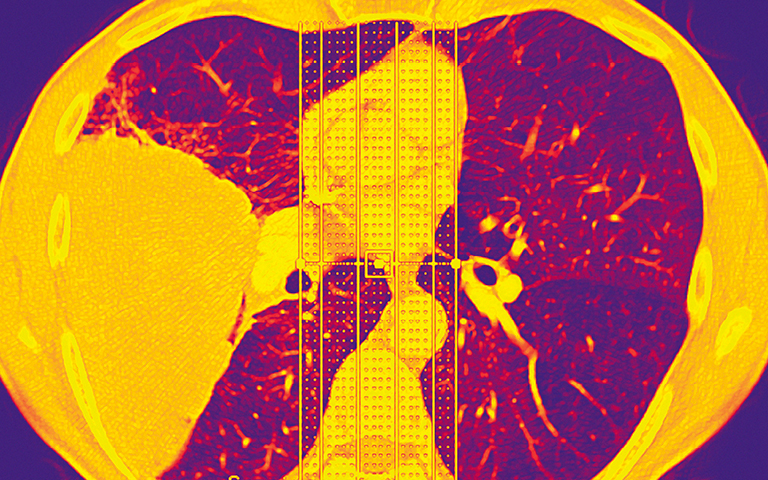Lung cancer is the leading cause of cancer deaths in the U.S., adding up to more than 135,000 deaths per year, about the same as the next three leading cancers combined.1 The U.S. Preventive Services Task Force (USPSTF) has recently proposed new recommendations for lung cancer screening (LCS) that involve two key changes to the current LCS guidelines: first, they seek to drop the age of recommended screening from age 55 to 50. Second, the proposed guidelines would allow individuals who have smoked fewer cigarettes over their lives to become eligible for screening — reducing the pack-year smoking history from 30 pack-years to 20.
LCS is in the first six years of implementation nationwide, according to Andrea Borondy Kitts, MS, MPH, lung cancer and patient advocate and board member of Rescue Lung Society, a not-for-profit medical society with a mission to save lives at risk for lung cancer through high-quality CT lung screening today and pioneering early detection innovations tomorrow. However, according to Philip M. Alberti, PhD, senior director of health equity research and policy at the AAMC, “Evidence suggests that the current guidelines underselect Black patients, women, and people with lower socioeconomic status,” giving rise to ever-increasing health inequities in these groups. The new USPSTF recommendations seek to address this problem.2 The Bulletin spoke with Borondy Kitts and Alberti about the new guidelines — and what radiologists can do to help make LCS more equitable.
How will the new USPSTF shifts being proposed impact patients?
PA: These new recommendations could impact health outcomes for members of marginalized groups in important ways. Despite having a higher risk of lung cancer than white patients, many Black patients who smoke aren’t eligible for screening based on the current guidelines because, on average, they smoke less than white patients who smoke. This recommendation would change that and open up screening to more Black patients who are at risk. Early detection leads to early treatment, which can, in turn, lead to better, more equitable outcomes.
Why is it important that those in the medical community challenge some of their assumptions about standards that may not encourage equitable care for all?
ABK: There are a lot of criteria and risk assessments that actually have different coefficients by race — but race really is not a biological difference. That difference really comes about from the circumstances people grew up in or where they currently live. In reality, 80% of our health and our healthcare outcomes are determined by our zip code.3 So when physicians meet with any patients, it’s important to understand — and really question — whether something is driven by race/biology or whether it’s driven by social determinants of health.
PA: Just because people have potential access to specialty care or a screening tool, does not mean it automatically happens. There are other systemic and structural barriers that get in the way. For example, Black Americans are more likely to be uninsured or underinsured, which is a huge barrier to screening. LCS isn’t available everywhere and traveling to a facility might be impossible for people without cars or who live in communities without adequate public transportation, including many communities of color and low socioeconomic communities across the country. There’s solid evidence that people of color are less likely to be screened for lung cancer than whites are even if they are eligible — and it comes back to implicit bias.4
The little things really make a big difference. Does the patient have transportation? Do they have to pay for parking? Are interpreters available? Is there culturally tailored patient education? Is there financial counseling?
What can radiologists do to help make LCS more equitable?
ABK: First of all, they need to advocate for Medicare, CMS, and USPSTF to make sure that the eligibility criteria for LCS are equitable. Secondly, they can try to raise awareness within their communities and within other specialties at their institutions. LCS is a multidisciplinary effort, so radiologists need to be advocating for their patients each step of the way. Radiologists should reach out to their referring providers and make sure they have the eligibility criteria and all of the information to talk to their patients about LCS.
Lastly, the little things really make a big difference. Does the patient have transportation? Do they have to pay for parking? Are interpreters available? Is there culturally tailored patient education? Is there financial counseling?
PA: Being vocal advocates for our patients is key. Working directly with patients and families to develop systems of care that function better for all patients, regardless of demographics, is also important. Finally, given the crucial role healthcare organizations play as anchor institutions within their own communities, providers and health system leadership have an obligation to engage in multisector, community-wide conversations and efforts to dismantle the complicated structures and systems that restrict our patients’ access to care.

